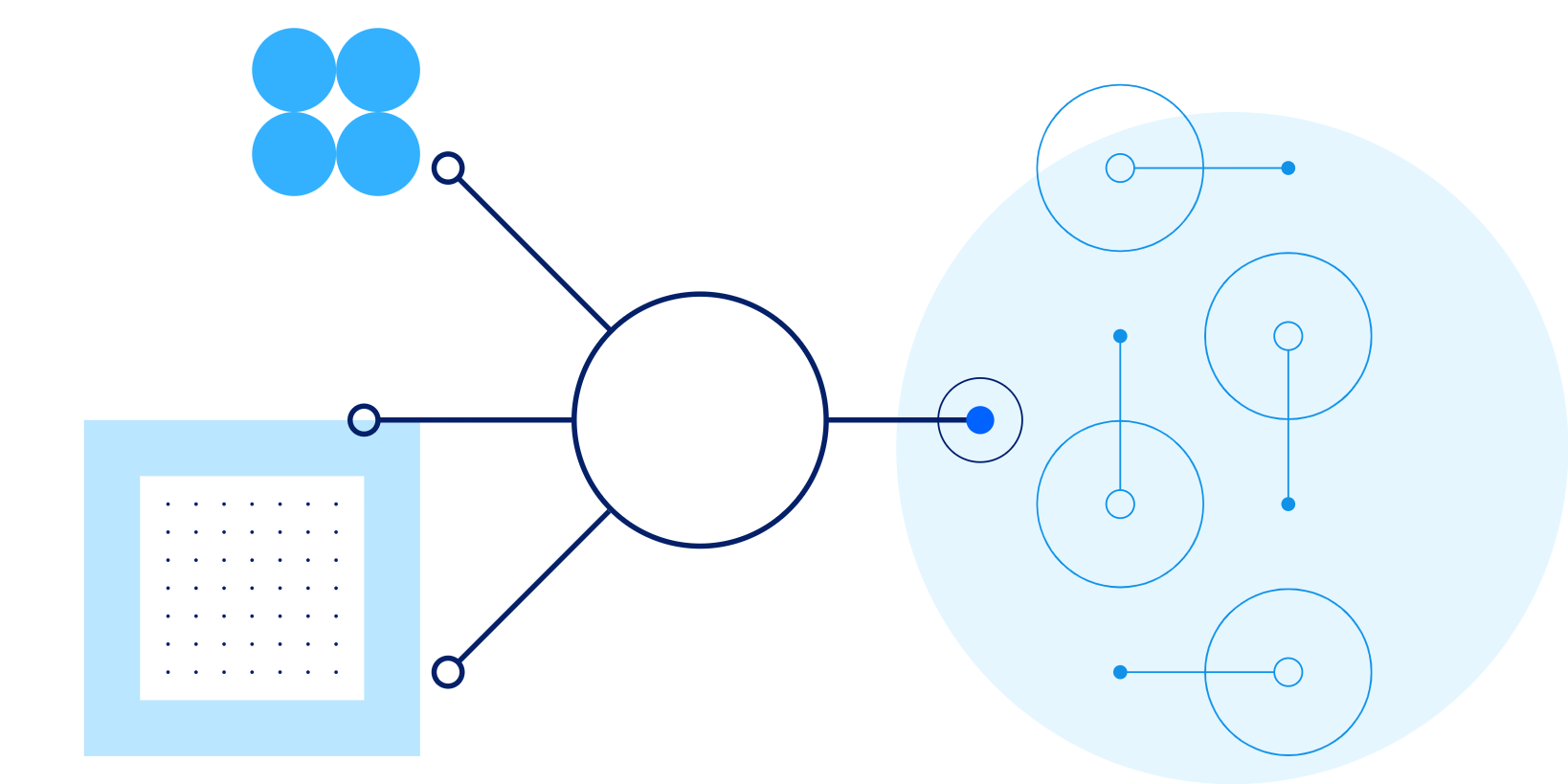Perspectives
Get-to-green: IT and Sustainability
23 July, 2021 | Written by: Mark Keepax
Categorized: Perspectives
Share this post:
Get-to-green: IT and Sustainability
When it comes to IT and sustainability, there’s something you should know.
Mark Keepax, Strategic Alliances Leader at IBM Global Business Services, argues that sustainability has become the number one driver for business and digital transformation.
In 1980, a nightclub I used to frequent – The Rum Runner, Birmingham’s answer to New York’s famous Studio 54 – agreed to let a local band practice in the venue during the day. They’d won this privilege on the back of a speculative demo tape and a promise to help out around the club. So Nick (keyboards) did some turns as DJ while Roger (drums) collected glasses. Such was their talent that, within a few months, they were the resident act… and not long after that they had their first hit. The band’s name was Duran Duran. And the rest is new romantic history.
Appropriately enough, that first hit was Planet Earth. I say appropriately, because I was reminded of this episode recently when I realised I had become something of a bouncer, the role Duran Duran bassist John Taylor played at the club before fame and fortune came calling. Instead of turning people away for wearing the wrong trainers, though, in this case demand for an IBM sustainability round-table was simply far, far outstripping capacity. Even an expanded follow-up event we’ve scheduled for November looks like being oversubscribed.
So what’s behind this demand from an IT-focused audience for sustainability insight and guidance? And why are they so interested in IBM’s stance?
Our own way
IBM’s focus on “real habits not just goals” underpins our own thought process and aspirations when it comes to sustainability. This stretches across client engagements, internal practices and our ecosystem partners. Our defined aim is to significantly contribute towards society’s move to a more sustainable ecological business world.
So perhaps people are keen to learn lessons from someone with such a clear and unequivocal focus?
Perhaps. I believe that there’s something more fundamental at work here, though: a recognition that true sustainability requires enterprise-wide transformation. And if there’s one thing IBM knows, it’s transformation.
New religion
To see how seriously businesses are taking sustainability, one only has to reflect on a few recent news stories. We’ve seen one oil company giving an environmental activist a seat on the board; another being ordered in court to up its sustainability game. Closer to home, Virgin Media’s world leading sustainability reporting is driving brand value, greater interaction internally with its staff, and generating value with its shareholders and customers. And L&G have linked boardroom bonuses directly to hitting sustainability targets.
This has been a long time coming, but it turns out there’s nothing like a global pandemic to encourage self-reflection and accelerated change. It’s clear that, today, sustainability is no longer background noise or “elevator music”. It is permeating business practices and cultures across the board. Sustainability has become the soundtrack to the post-Covid business generation.
Notorious
So where do you begin? Not, as it turns out, with big, bold changes to your carbon footprint or by electrifying your fleet of electric cars (remember them?). Step one, instead, is to focus on transparency and disclosure in reporting. The world now recognises climate change as a threat multiplier: failure to address it significantly increases the impact on other risks. This is what’s fuelling shareholder and consumer pressure to openly share sustainability data and increase visibility of ethical business practices both up and down the supply chain. The only way you’ll “get to green” is if you can be seen to be getting to green.
By eliminating any question marks over green credentials organisations can create better customer interactions, more empathetic relationships and stronger brand loyalty. This is particularly evident where organisations can genuinely demonstrate “circularity” in respect of their products and services over the lifespan of their use.
Having a commitment to openness and transparency in place will also help you address the next big barrier to sustainability success: not having a plan. Root and branch transformation – and there’s no escaping the fact that that what’s needed – requires businesses to stop dreaming of a sustainable future and lay out a specific plan to get there.
And there’s nowhere to hide. Even if you have a plan and are genuinely committed to sustainability, the pace and scope of change needed achieve to tangible results is now under scrutiny. If you’re not moving fast enough the public will see it as a civic duty to ensure you do.
What happens tomorrow
The good news is that this urgency is throwing more and more shade on the role of IT in delivering against green transformation. We’re all digital businesses now, after all, and digital transformation has a strong track record in delivering both short term gains and longer term strategic change. Indeed, if your business has recognised that offsetting emissions by planting trees is not actually all that sustainable, quick wins through IT transformation may be just what you need while you’re addressing ingrained issues like supply chain inefficiencies issues that might take years to iron out.
Significant media coverage over the past five years has highlighted the advantages of migrating to a greener cloud from a traditional data centre footprint. But true sustainability is more than just a move to cloud and adopting SaaS solutions. It also needs to include a transition to a low-carbon energy and net-zero operating model. This combination is the secret to enabling circular innovation at speed and at scale.
So what is “green IT”? Moving to the cloud is a start, of course, but businesses can further accelerate sustainability by using cloud-native techniques to rethink business processes and applications so they’re not just moving inefficiencies to another place. In order to deliver circular innovation, they also need intelligent workflows and validated data to make informed decisions. If this becomes a genuine core methodology then, almost overnight, net-zero thresholds become substantially more achievable.
Someone else and me
It’s also crucial to recognise that lasting change will depend on an ecosystem of partners acting together. IBM is fully behind this theme and we have, for instance, recently scaled up our partnership with Microsoft and SAP. We have common ideologies and complementary practices – and we know each other’s tech inside out. This reduces the time for adoption, mitigates migration risks and offers a future-proof investment path to businesses who, frankly, have enough to worry about.
Talking of future-proofing, it’s worth reflecting, finally, on some numbers. Data centres currently represent around 1% of global energy demand. Over the next decade this is set to rise to between 3% and 8%*. If the IT community is going to be successful in its stated aim of a reduction of 45% in emissions by 2030, we all need to be dancing to the beat of the new sustainability soundtrack. This is no longer, to borrow from (yet another) Duran Duran hit, an ordinary world.
Discover more sustainability insights in the latest paper from the IBM Institute of Business Value The rise of the sustainable enterprise.
*International Energy Agency, Tracking Report, June 2020.

Strategic Alliance Leader, IBM Global Business Services
Generative AI: driving a new era of HR transformation
Helen Gowler, Partner, EMEA Talent & Transformation Lead Today, I’m proud to be part of a company that’s committed to addressing gender bias in the tech industry. IBM is pioneering the use of AI to tackle this issue, and I’m excited to contribute to this effort. Our team is developing AI models that can detect […]
Multi-Modal Intelligence Platform
Traditionally, data management systems provided only numerical or textual based business intelligence primarily for back-office users across finance, sales, customer management and supply chain. Today, we are increasingly seeing data management systems which drive key business functions requiring interrogation of multi-modal data sets from documents, presentations, images, videos to audio. This demands a more sophisticated […]
The use of GenAI to Migrate and Modernise Organisational Core Programming Languages
GenAI is hugely powerful and supports a diversity of use cases by focusing on routine work – allowing people to focus time on value-add tasks, thus enhancing productivity. The focus of this use case is for an organisation which had previously focussed on a legacy set of tooling and programming languages and needed a way […]





























